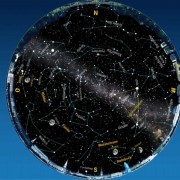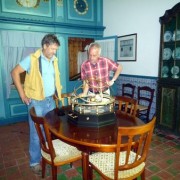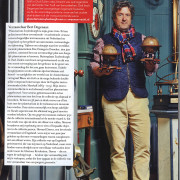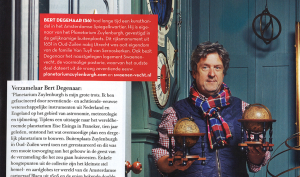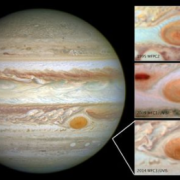Boerhaave Museum discovers unknown Antoni van Leeuwenhoek Microscope
The Netherlands is one Leeuwenhoek microscope richer. Studies at Museum Boerhaave have revealed that an tiny seventeenth-century object from a collection of Dutch silver doll’s house accessories – until now always viewed as an oddity – is in reality an authentic microscope of the type produced by Delft-based cloth trader Antoni van Leeuwenhoek, in the Dutch golden age. Examples of these instruments are extremely rare, and in terms of interest and importance are comparable to a Vermeer painting. The latest example was acquired by collector Bert Degenaar for his Planetarium Zuylenburgh collection in Oud-Zuilen. The microscope will be temporarily displayed at Museum Boerhaave, from June 3.
Antoni van Leeuwenhoek (1632-1723) was leading pioneer of microbiology, during the Dutch golden age. With his home-made instruments fitted with a single tiny lens, making them difficult to adjust, he discovered sperm cells, blood corpuscles and ‘animalcules’ or bacteria. His systematic and extensive series of observations led to his reputation as the founding father of microbiology. Microscopes produced by Van Leeuwenhoek achieved magnifications of up to 270 times; considerably more than the composite microscopes (consisting of multiple lenses) available at the time. This gave him a clear lead over other researchers. Antoni van Leeuwenhoek was trained as a land surveyor and gauger of wine casks, but received no academic training; nonetheless, he published his ground-breaking observations in the leading scientific journal of the period, the Philosophical Transactions of the English Royal Society.
The recently identified Leeuwenhoek microscope raises the number of examples preserved worldwide to ten or eleven (there is still some doubt as concerns the authenticity of the example in Antwerp). Museum Boerhaave has two in silver and two in copper. To determine whether the new silver instrument truly is an original Leeuwenhoek, Museum Boerhaave compared this example with five Leeuwenhoek instruments of irreproachable provenance, in its own restoration workshop. The five examples were taken from the museum’s own Leiden collection, plus one from the Utrecht University Museum. The outcome of the optical examination and technical material inspection was that the new silver instrument is undoubtedly authentic, offering a magnification of 248 times. The only more powerful Leeuwenhoek microscope is that from the Utrecht collection.
The new Leeuwenhoek microscope will be officially revealed to the public on Tuesday June 2 at Museum Boerhaave, where it will remain on display for the next six months. After that period it will be exhibited in Utrecht, Oxford and University of California Berkeley Golub Collection. The unveiling in Leiden by Bert Degenaar, due to take place at 4 p.m., will be preceded by a public lecture by Dr. Huib Zuidervaart, a science historian affiliated to the Huygens Institute, in The Hague. Tiemen Cocquyt, who as curator at Museum Boerhaave was closely involved in the study to prove the authenticity of the silver Leeuwenhoek microscope, will then explain the research conducted by Museum Boerhaave.
Museum Boerhaave is the Dutch National Museum for the History of Science and Medicine. The aim of the museum is to promote interest in science in the Netherlands by attracting a wide public to visit its unique collection that tells the story of five centuries of innovation in the Netherlands. Museum Boerhaave constantly seeks to link its activities to current developments.
The collection of the Planetarium Zuylenburgh in Oud-Zuilen is one of the most remarkable private collections in the Netherlands. The focus of the collection (comprising more than one thousand antique objects from the 17th and 18th century) is on clocks, telescopes, microscopes and other old instruments for astronomy and land surveying.

